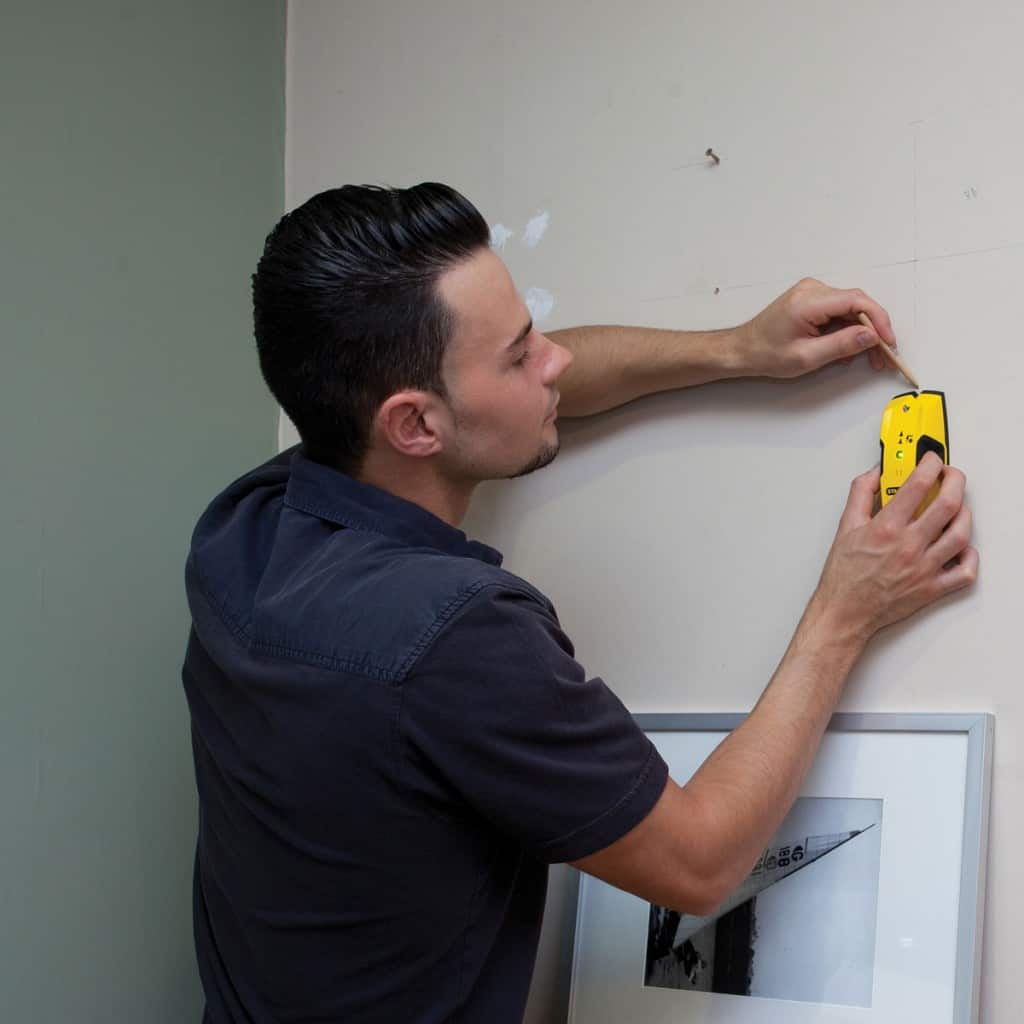Hanging objects on a wall may sound simple, but the truth is, you need to do it correctly. The first step is knowing how to find a stud, which is capable of anchoring it. This article will teach you how to find studs in drywall.
Let’s first start with a bit of background information. What are studs? Studs are boards that serve as elements for framing in homes. They essentially support the walls. Most of the time, studs are spaced 16 or 24 inches away from each other. They also run vertically, from the floor all the way towards the ceiling. Drywall is attached to the studs’ edges.
Hangers and fasteners used to hang heavy objects, such as large mirrors, televisions and shelves, need to be anchored to studs. Take note that the mere walls, themselves, are not enough to support their weight. As such, studs are important as they hold the fasteners better, which, in turn, prevent them from pulling out the weight of the object. For fasteners, they’re most effectively supported by stud centers.

If you’re curious about how to find studs in drywall, you must know that there are things made especially for this – stud finders. Electronic stud finders are usually used to look for studs, but you can still do manual search if the former is not available. If we’re talking about drywalls, stud finders are effective in quickly finding one. Stud finders are good but generally less effective on plaster walls. They come with metal detectors that assist in looking for the nails that secure the plaster to the stud. Manual methods may also aid in finding studs in plaster walls.
Whatever method you use in locating studs, take note that if you are using magnets and metal detectors, pipes or conduits may be detected rather than the stud. That’s why you must survey the area vertically to confirm that what you found is indeed a stud. You must then do the process of locating other studs with the premise that they are usually 16 to 24 inches away from each other. You can use this information to verify if what you’ve found is a stud. If the distance is not the same as the one mentioned, then there’s a great chance that you’ve found a pipe or conduit, not a stud.
If you plan to use a stud finder, the first step is to determine how high from the floor you would want to look. This shall be based on the installation height of the fastener where the object is supposed to hang. Some stud finders have to be calibrated. Usually, you can do this by positioning the device on the wall where there is no stud then activating it. The stud finder will then indicate if it is calibrated or if you need to move it to a different area to calibrate again.
Holding a stud finder against the wall comes next. You also need to move it along the surface at the height of the fastener. Locating many points on the suspected stud is important. You can locate adjacent studs and verify them by using the 16/24 inches scheme as stated above.
